A twice-a-year shot just became the closest science has ever come to an HIV vaccine, rewriting the rules of prevention with a single jab.
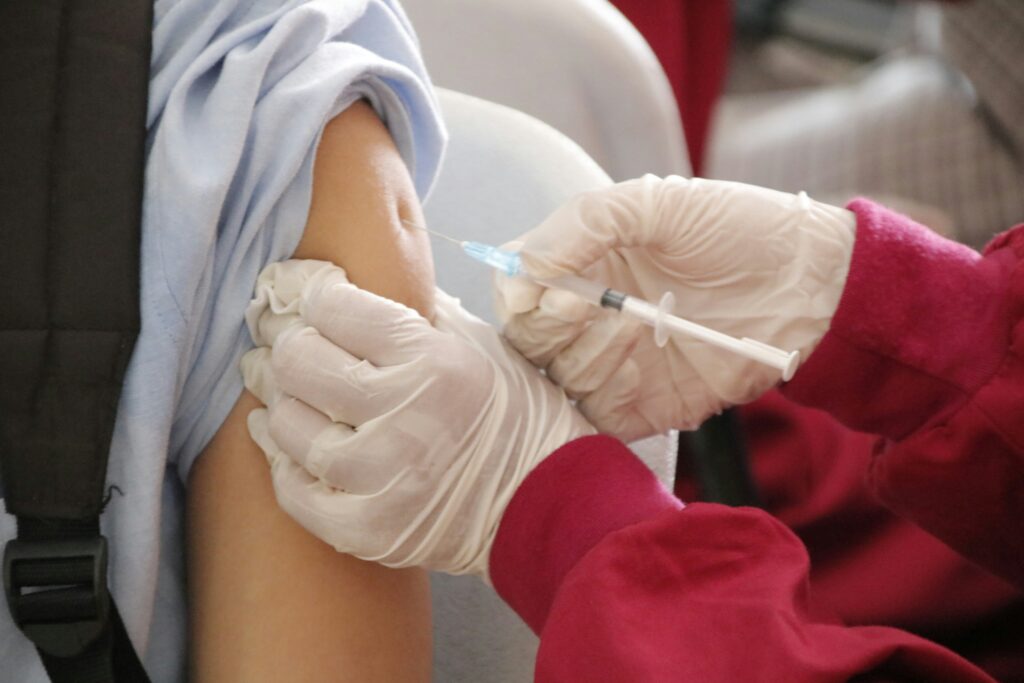
The Food and Drug Administration or the FDA made a decision last June 18, 20225 by approving the first twice-yearly injectable for the prevention of HIV, the Yeztugo (lenacapavir). This pre-exposure prophylaxis treatment represents the closest medical advancement yet to an HIV vaccine that offers six months of protection with just two annual injections.
Viral Beginnings: Brave Futures
Since HIV emerged in the 1980s, the scientific community has pursued effective treatments and a vaccine, while the antiretroviral therapies have transformed HIV into a manageable chronic condition. Prevention options for the disease remain constrained to daily pills or monthly injections. Adherence difficulties and social stigma often hinder the effectiveness of these solutions. Yeztugo’s extended protection addresses these critical gaps in HIV prevention strategies.
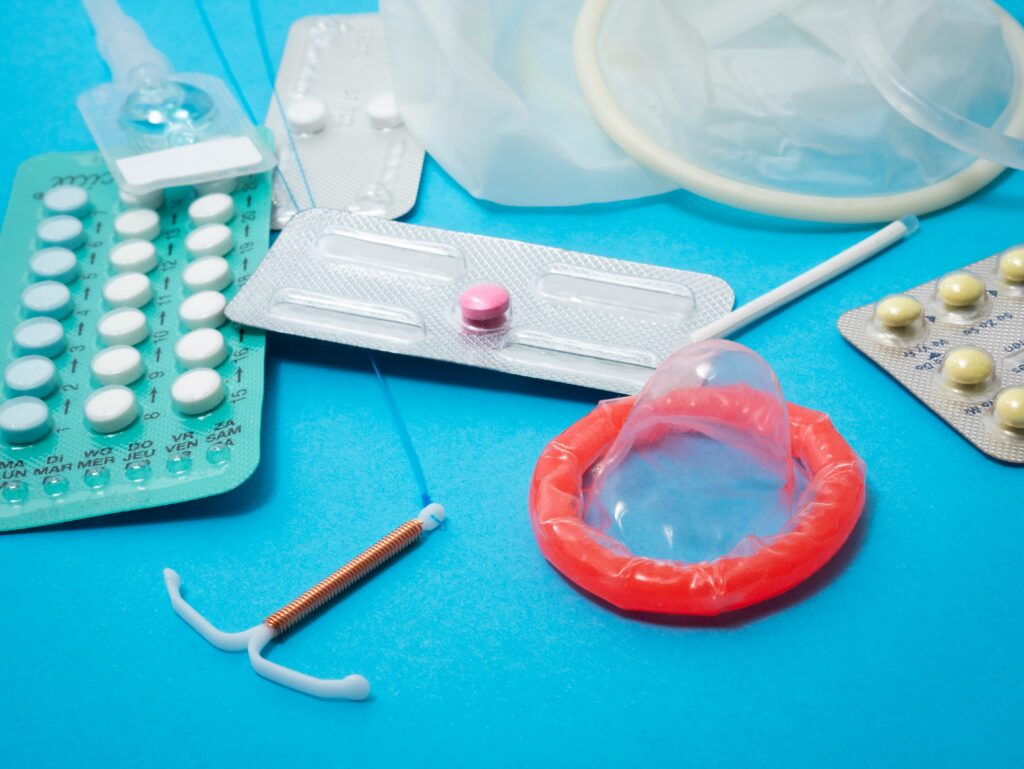
Needle Little More
The vaccine Yeztugo works by targeting HIV’s capsid, which creates a subcutaneous depot that maintains the levels for six months. The clinical trials of the vaccine demonstrated 99.9% effectiveness in women and 100% effectiveness in men and gender-diverse participants across all major phases. The treatment begins with two oral loading doses followed by annual injections, offering an exceptional convenience in HIV prevention.
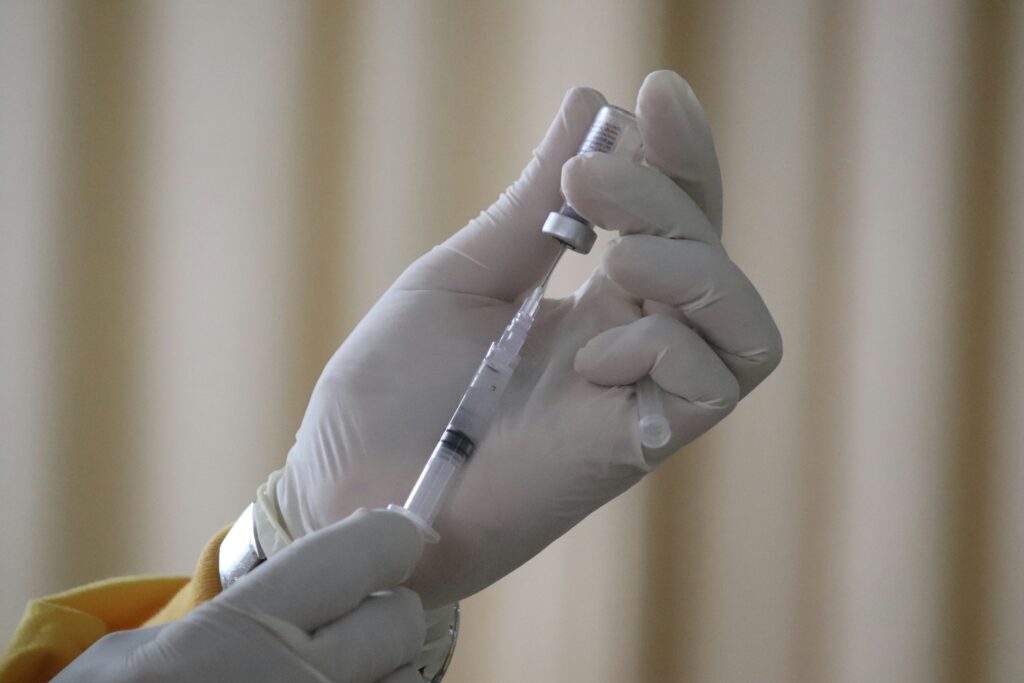
Dose of Possibility
This innovation represents a potential game-changer for populations struggling with daily PrEP adherence, including those facing housing instability, stigma, or unpredictable schedules. By reducing the treatment burden from daily pills to biannual injections, Yeztugo could significantly expand PrEP accessibility and effectiveness. Gilead Sciences, the developer, has emphasized its potential role in helping end the HIV epidemic.
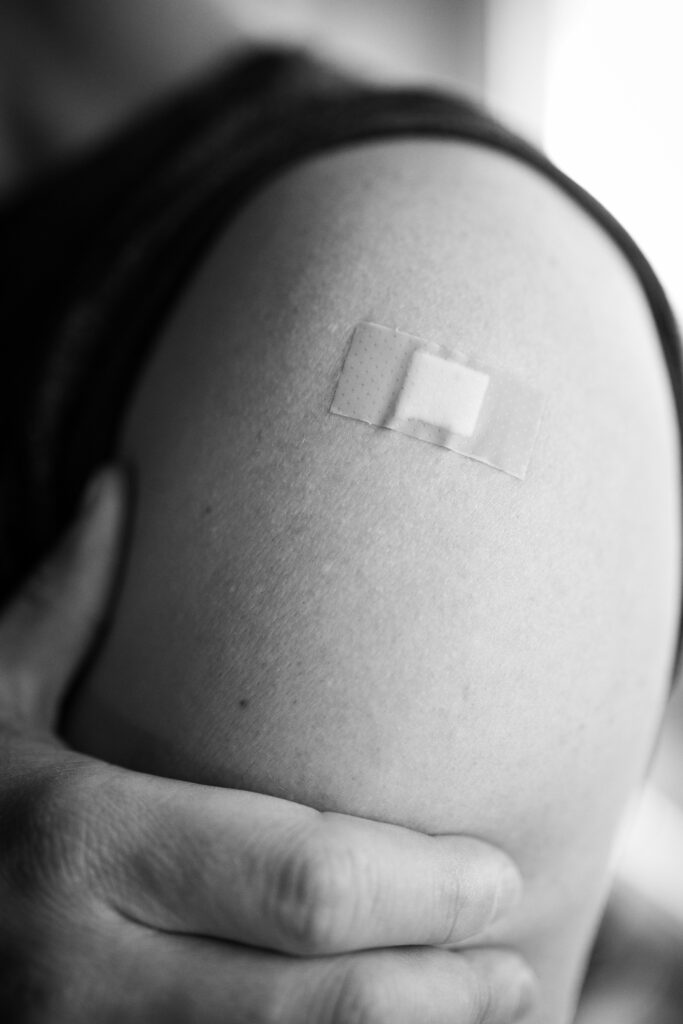
Injections and Objections
Despite the promising future of this vaccine and its impact, Yeztugo faces challenges in its implementation. The estimated annual cost of the vaccine is $28,000, raising concerns about its affordability for others. This also requires HIV testing before each administration, and it is dependent on the healthcare infrastructure for injection. Moreover, it may complicate future HIV vaccine trials due to its high efficacy. Although it has been licensed for generics in 120 low-income countries, the distribution challenge may still occur in resource-limited areas.
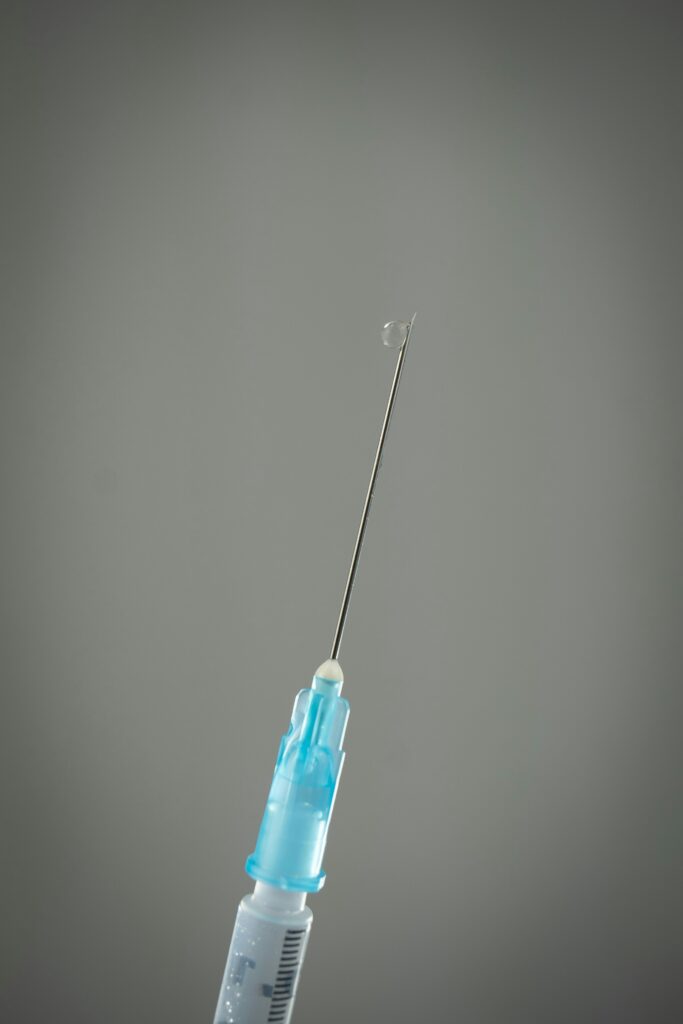
The Yeztugo marks a new era in HIV prevention as it offers protection comparable to a vaccine, with an improvement in convenience. However, the impact of this will depend on addressing its cost, improving healthcare access, and ensuring equitable global distribution. Public experts note that this breakthrough brings us closer than ever to controlling HIV, if we can overcome the challenges during its implication.


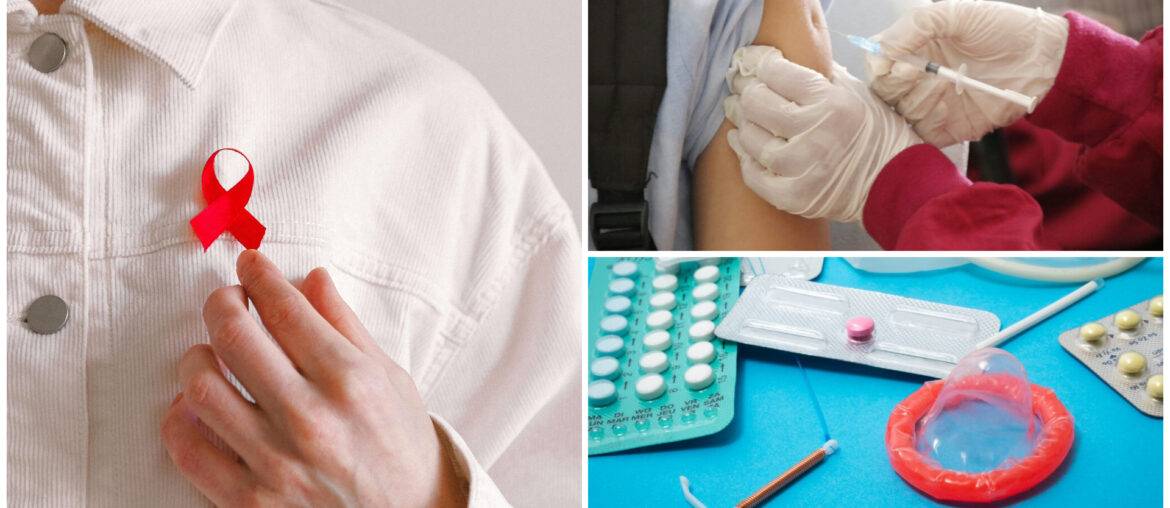
Comments are closed.